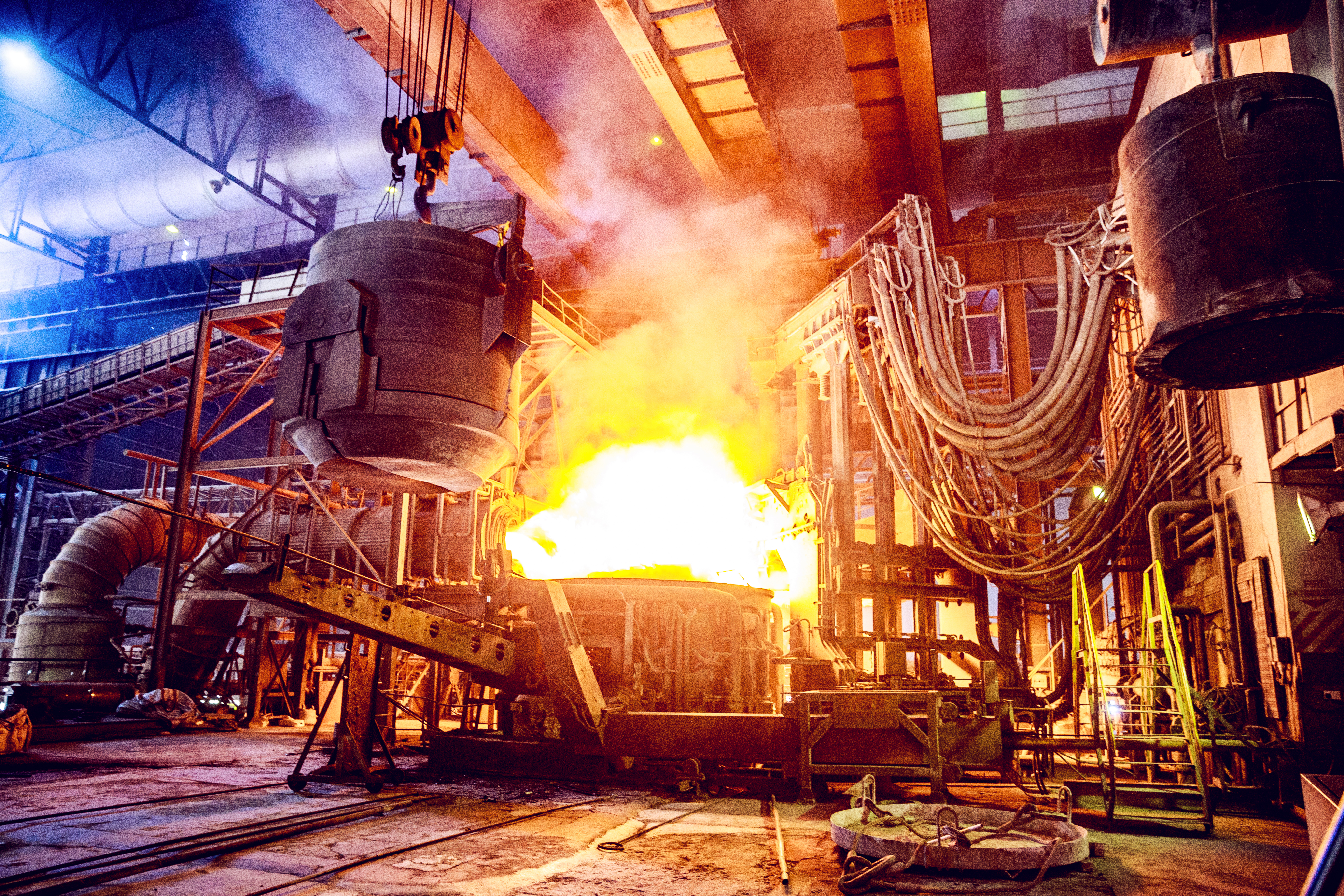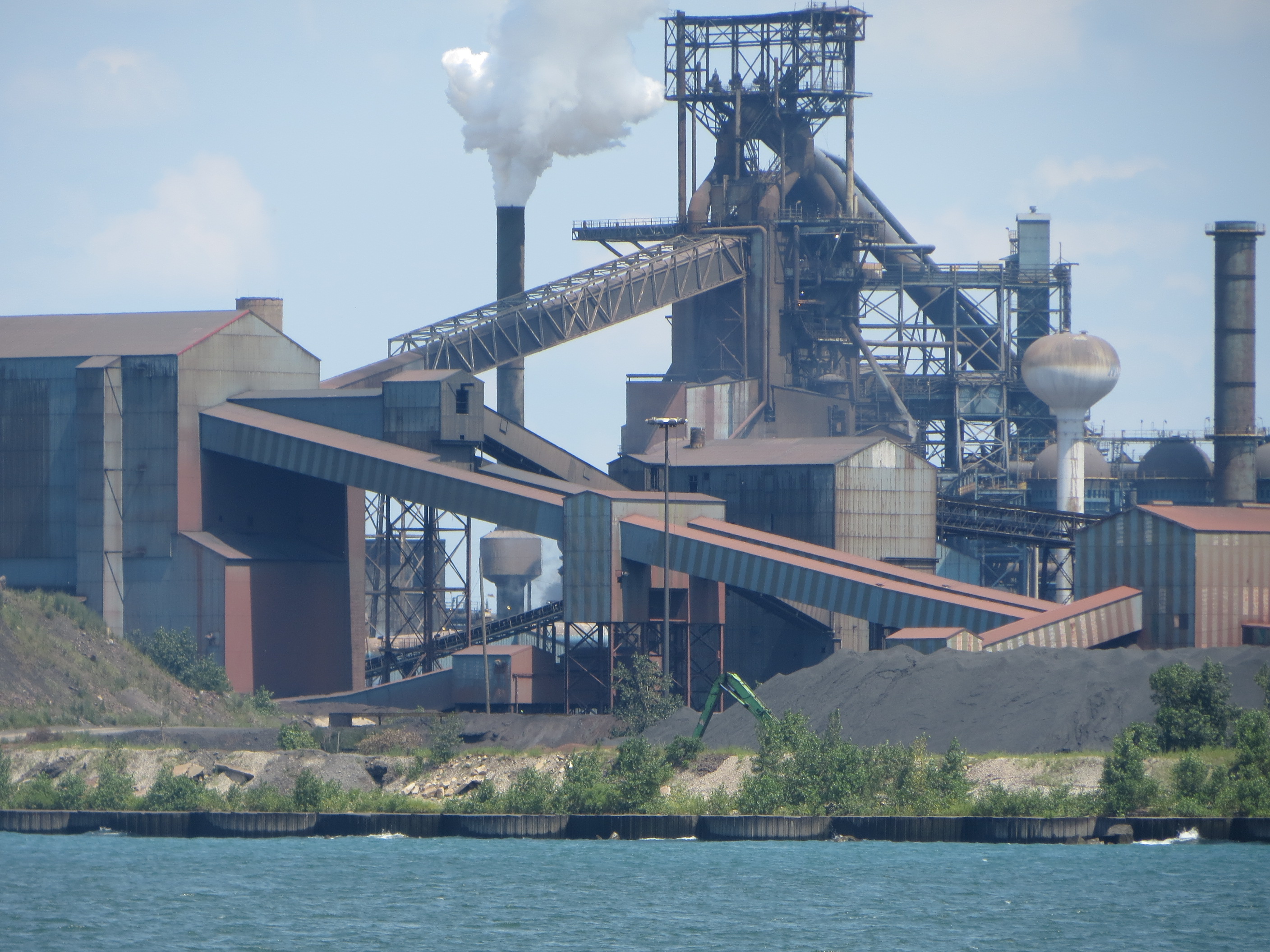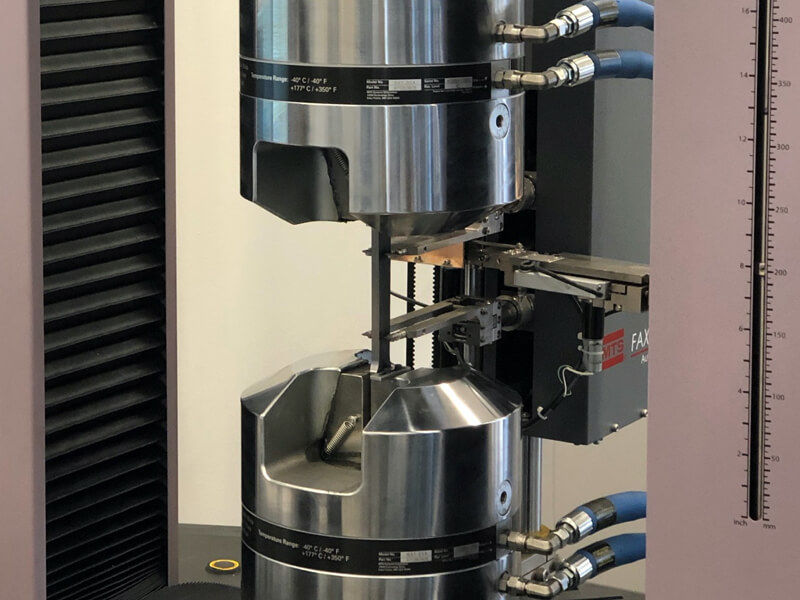Transitioning to EAF
Introduction
Sustainability has emerged as a central focus across manufacturing industries - and the steel sector is no exception. As global demands mount for carbon reduction, companies are rethinking how they source and process materials. In 2024, one of Worthington Steel's long-standing customers made a bold decision: to explore more sustainable practices by transitioning to lower-emission-intensity steel.
The effort came with challenges, but also opened the door for Worthington Steel to demonstrate its leadership in technical innovation, customer collaboration, and sustainable change.
Sustainability at an Industrial Level
The steel industry contributes nearly 3.6 billion tons of CO2 annually. A key contributor is the basic oxygen furnace (BOF) method, utilized by integrated mills, which combines pig iron, 25% to 35% steel scrap, and flux. Oxygen is blown into the furnace to oxidize impurities and carbon, refining the molten iron into steel. The nature of this process emits high levels of carbon.
To reduce emissions swiftly, the customer was considering a shift to an electric arc furnace (EAF) steel. EAF technology repurposes 75% to 100% scrap steel, requires less energy, and produces significantly fewer emissions.
Yet this transition came with risks. Would the new material meet performance specs, and would the quality remain consistent?
That's where Worthington stepped in - not just as a steel supplier, but as a strategic partner equipped to manage technical complexity, anticipate roadblocks, and protect quality throughout the transition.

Understanding Our Customer
Unlike many green initiatives spurred by regulations, this shift was driven by the customer's internal leadership. The company sought to lead in sustainable manufacturing by phasing out its standard steel grade in favor of an EAF-compatible alternative.
The goal: Achieve comparable performance with a smaller environmental footprint.
The sourcing transition required broad coordination - from metallurgical analysis to commercial planning. Worthington responded by assigning two key leaders: Zach Brown, Technical Service Manager, and Gregory Grafton, Territory Manager. Together, they would address both the technical and relationship dimensions of this ambitious shift.
Technical Strategy: Zach Brown's Role
With over a decade of metallurgical experience, Zach Brown, a metallurgist at Worthington Steel, led the technical charge. The customer brought strong product insights and a sharp vision. Zach paired with his extensive knowledge in steel science and sourcing to not only identify a proper reduced-emission steel substitute but also to design and guide the process of implementation.
After extensive collaboration with the steel mill, Zach's team identified a combination of two grades as the optimal EAF-grade candidate. While not an exact match to the original, the material stayed within acceptable tolerances for chemical and mechanical performance. The switch also aligned with the customers' circular economy goals, given EAF's reliance on recycled inputs.
Crucially, Worthington didn't just test the material once - they ran multiple trials, carefully tracking consistency and long-term viability. Zach emphasized, "We want to make sure we're tracking more than just the first pass." His team's rigorous evaluation gave the customer the confidence to proceed, despite initial uncertainties.
Effective communication underpinned every step. "Ninety percent of my job is communication. The technical side is the other ten," said Zach, highlighting the importance of internal coordination, supplier alignment, and customer clarity.
Commercial Advocacy: Gregory Grafton's Role
On the relationship front, Territory Manager Gregory Grafton brought decades of trust to the table. "We've been a 100% supplier for a long time," he noted - an invaluable position when it came time to discuss the inevitable trade-offs in making this switch.
EAF mini mills often struggle to match the precise chemistry of traditional integrated mills. Grafton worked closely with the customer to explain this challenge and the need to relax certain specifications, while maintaining performance. "We had to go back and tell them, 'Hey, we can do this, but you're going to have to loosen your specs a bit,'" he said.
Due to the existing trust established by Grafton, the Worthington metallurgists proceeded with the conversion, aiming to achieve results consistent with the original specifications and product.
Navigating these conversations required deep knowledge of both the customer and the product. Grafton's credibility, combined with Worthington's clear technical data, helped bridge the gap and maintain trust. This combined effort from our metallurgists, sales team, and the customer themselves led to a successful EAF sourcing transition.
Lessons Learned & Industry Implications
The manufacturer's initiative reflects the realities of decarbonizing a legacy industry. Though initially championed by a single executive, the effort sparked a broader understanding of what sustainable change requires: not just new materials, but also collaborative design, cross-functional planning, and a willingness to adapt specs and workflows.
It also affirmed a powerful truth: customers don't just need products - they need partners. In this case, Worthington's dual focus on technical precision and relationship stewardship enabled meaningful progress.
As more manufacturers explore EAF and other low-carbon steel solutions, Worthington's experience will serve as a blueprint. The company is uniquely positioned to guide future transitions thanks to its deep metallurgical knowledge, strategic mindset, and track record of walking customers through change.
Next Steps: Building Toward Sustainable Steel Leadership
The initiative set the stage for future collaboration and pointed to important next steps for Worthington Steel:
- Expand EAF Supplier Partnership: Worthington will continue cultivating a network of reliable EAF suppliers to improve flexibility and reduce logistical risks.
- Develop Pre-Approved EAF-Compatible Grades: By standardizing a set of proven EAF materials for common applications, Worthington can accelerate future transitions for other customers with similar profiles.
- Enhance Technical Training for Sales and Customers: As Grafton's experience showed, customer advocacy is most effective when paired with technical fluency. Continued training will ensure more team members can support spec realignment conversations.
- Track Long-Term Material Performance: Worthington will continue monitoring trial materials in the field to validate long-term consistency and durability.
- Re-engage with the Manufacturer and Similar Customers: The trust earned through this process opens the door for renewed conversations, particularly as supply chain conditions improve or as sustainability pressures increase.
About Worthington Steel
Since 1955, Worthington Flat Roll Steel has been delivering top-quality service that enables our customers to do the same for themselves. Our steel processing capabilities serve a variety of markets, including automotive, heavy truck, agriculture, energy, construction, and many others.
Our commitment to our customers' business goes far beyond supplying steel. We provide advanced materials support, buying strategies, supply chain solutions, and the highest level of customer service and collaboration.
If you are interested in learning more about us at Worthington Steel, want to view our capabilities, or have a question that we can help you answer, please explore our website or call us at 1.800.944.3733. We are here to be partners for your manufacturing goals.


